NetSuite is one of the most popular cloud-based ERP platforms in the world, offering a full suite of business applications for accounting, finance, CRM, inventory, and more. Originally launched in 1998 and recognized as the first true cloud software company, NetSuite now serves businesses of all sizes across the globe.
While NetSuite is a full ERP, it is also a connector in our Unified Accounting API, giving software vendors a streamlined path to access essential financial data points such as:
- Bookyears
- Clients & Suppliers
- Accounting folders
- Analytic accounts
- Transactions & balances
By integrating NetSuite through Chift, your app can:
- Automate accounting processes with real-time data sync
- Reduce manual input across systems by syncing customer, invoice, and transaction data
- Unlock advanced use cases such as lending eligibility, cashflow forecasting, or financial automation
Let’s explore how the NetSuite API works and how to make your integration successful.
What is the NetSuite API?
NetSuite offers multiple integration options, including:
- SOAP API
- XML messaging
- REST API (our preferred method at Chift)
The REST API uses standard HTTP methods (%%GET%%, %%POST%%, %%PUT%%, %%DELETE%%) and is continuously improved by Oracle (NetSuite’s parent company). It supports modern integration patterns and robust query capabilities.
In future versions, we also plan to support RESTlets (custom scripts deployed within NetSuite) to provide access to custom records or specific endpoints not available in the core REST API.
[[cta_unified_accounting]]
Real-World use cases with the NetSuite API
Connecting NetSuite via Chift unlocks a variety of valuable use cases for financial and business software:
Push pre-accounting data into NetSuite
Send structured transaction data into NetSuite to automate accounting entries directly from your product.

Sync customer data from CRM or invoicing tools
Ensure customer information stays aligned between NetSuite and other platforms — without manual imports or human errors.

Provide real-time AP/AR views for cashflow tools
Pull Accounts Payable and Accounts Receivable data to fuel dynamic cashflow forecasting in finance apps.

Enable loan eligibility scoring for lenders
Lending platforms can assess business health in seconds using NetSuite’s financial data such as outstanding invoices, payables, or balance sheets.
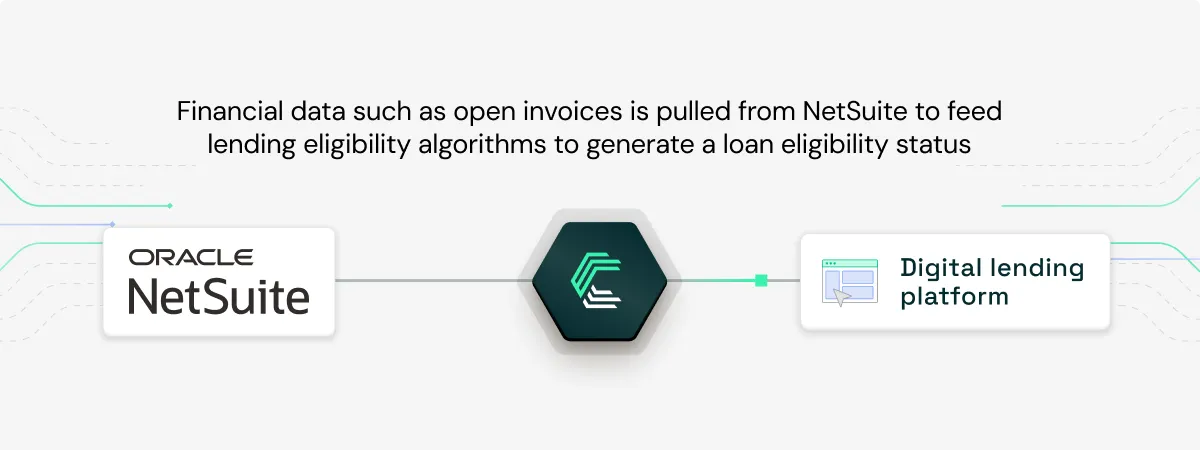
Explore more real-world examples on our Chift customer cases page.
How to set up your integration with NetSuite
To get started with NetSuite’s REST API, you need to:
- Enable the necessary features in the Company Settings section of NetSuite
- Create a custom role and assign it to the employee who will execute API requests
- Generate an integration record within NetSuite to obtain your Client ID and Client Secret
- Use OAuth 2.0 to authenticate and authorize requests securely
Chift handles much of this complexity so your dev team can focus on building your product, not wrangling authentication flows.
Best practices for a smooth NetSuite API integration
To keep your integration fast, secure, and scalable:
- Configure integration records carefully — mistakes in initial setup often cause major issues later
- Keep credentials confidential — never expose your Client ID or Secret
- Use pagination and filters — NetSuite caps responses at 1,000 objects per request
- Filter by date when retrieving records to reduce load and avoid rate limit issues
- Create a dedicated NetSuite user to better manage access and isolate API traffic
Chift’s Unified Accounting API: one integration, all essential accounting connectors
NetSuite is just one of many accounting and ERP platforms available via Chift’s Unified API. With a single integration, your app can access consistent and normalized data from: NetSuite, Xero, QuickBooks, Sage, Pennylane, MyUnisoft, and many more.
You don’t need to build or maintain a unique connector for each platform — Chift handles that for you.

Adopting Chift’s Unified APIs simplifies your development, eliminates integration maintenance, and allows you to scale quickly across markets.
Ready to integrate with NetSuite and beyond? Book a demo and see how Chift can accelerate your accounting and ERP integrations.
NetSuite API – Frequently Asked Questions
What endpoints are available in the NetSuite API?
Chift’s NetSuite connector gives you access to a wide range of end-points, including but not limited to:
- Clients
%%/clients%% - Suppliers
%%/suppliers%% - VAT Codes
%%/vat-codes%% - Chart of Accounts
%%/chart-of-accounts%% - Journal Entries
%%/journal-entries%%
Consult our NetSuite API documentation for a full list of available routes.
What is the API rate limit on NetSuite?
NetSuite’s REST API returns a maximum of 1,000 objects per request. Use pagination and filtering (limit parameter) to retrieve larger datasets. The default page size is 100.
Is NetSuite API free?
Yes, NetSuite provides full API access with no additional cost for usage. However, access to the API requires a valid NetSuite license and a configured developer environment.
What systems does NetSuite integrate with?
NetSuite integrates with CRM platforms like Salesforce and HubSpot, ecommerce systems like Shopify and Magento, payment tools, HR software, and more. These integrations help unify operations across departments. Through Chift's Unified Accounting API, it can also integrate with any SaaS product.

.webp)
.webp)
.webp)

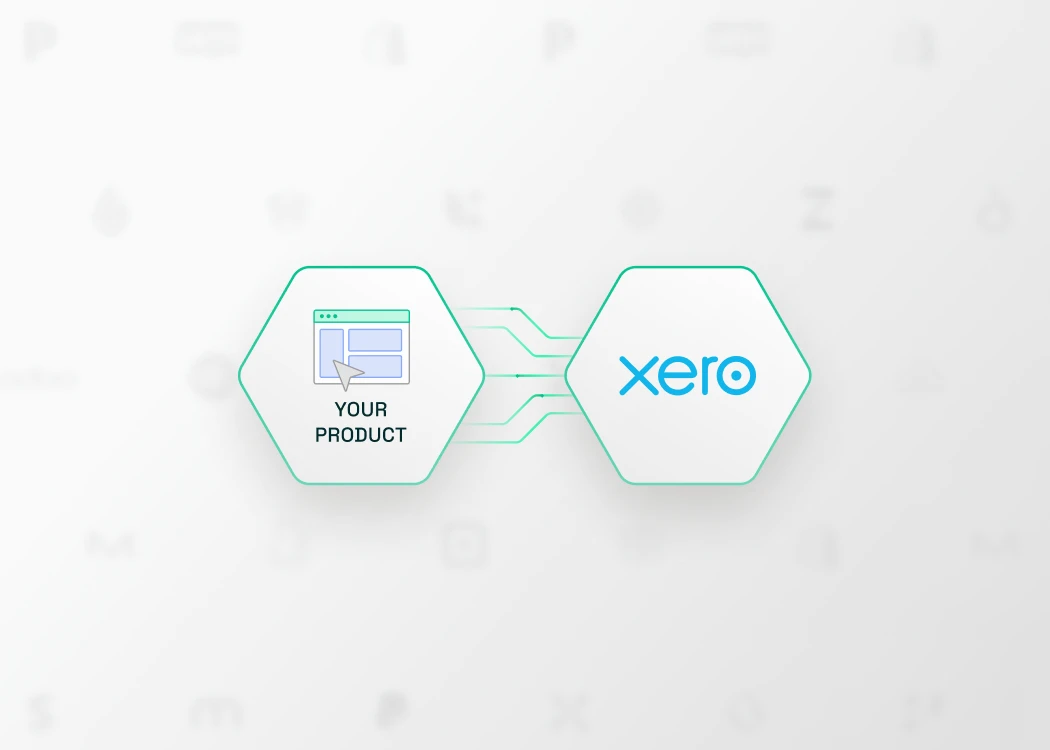
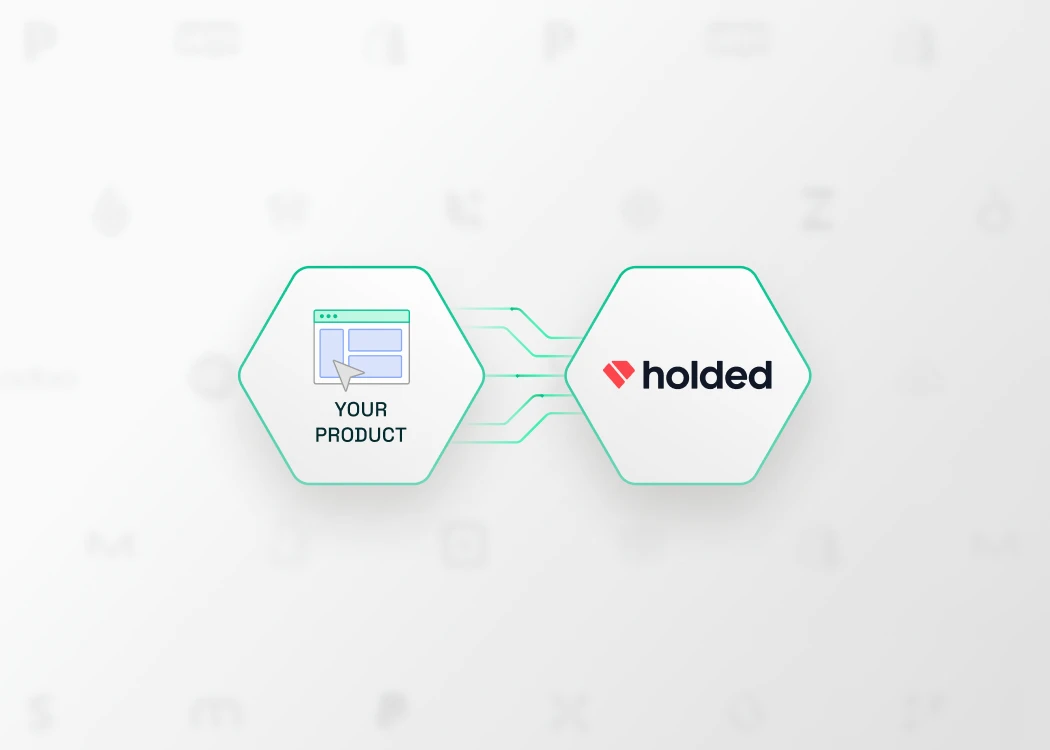
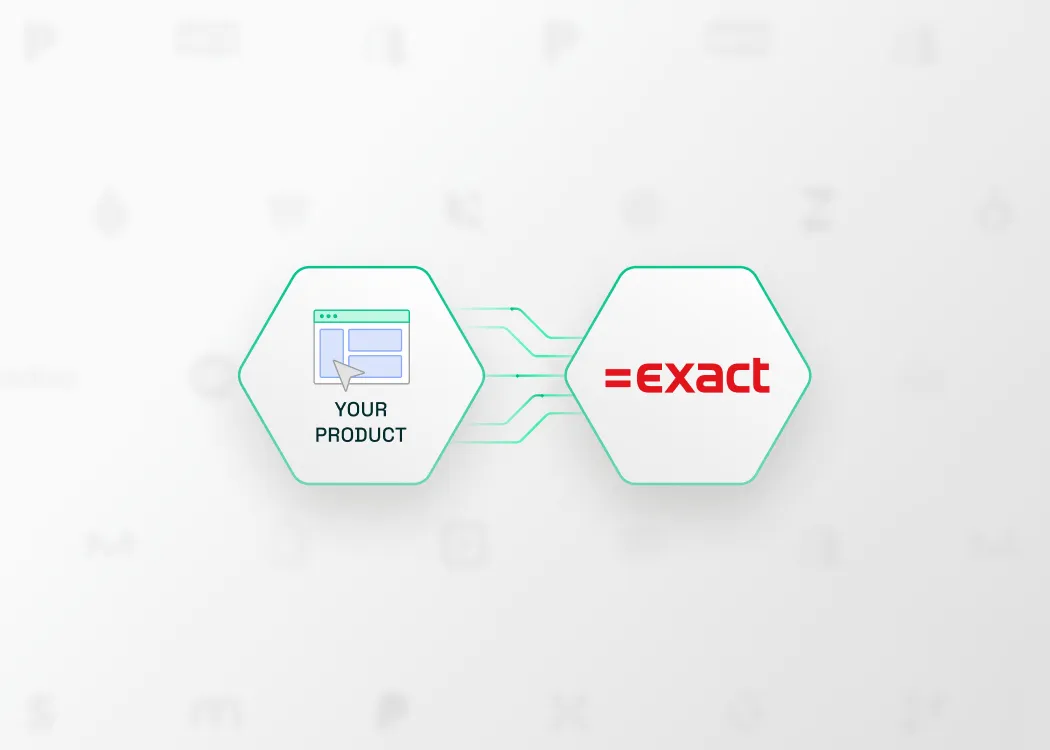
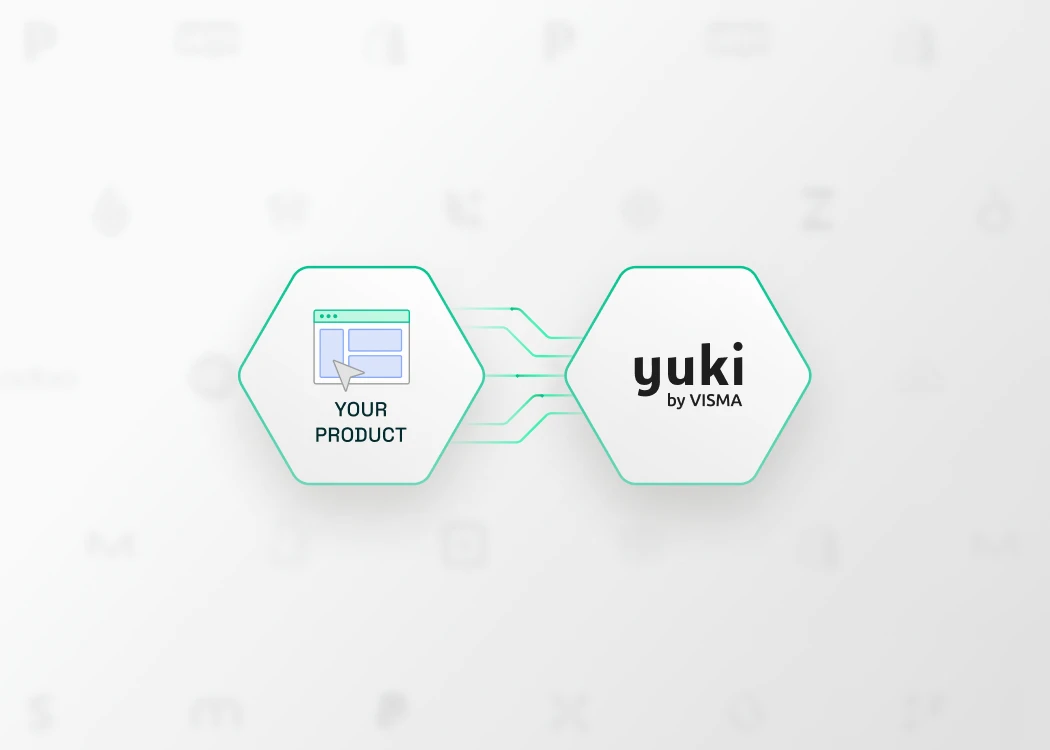
.webp)
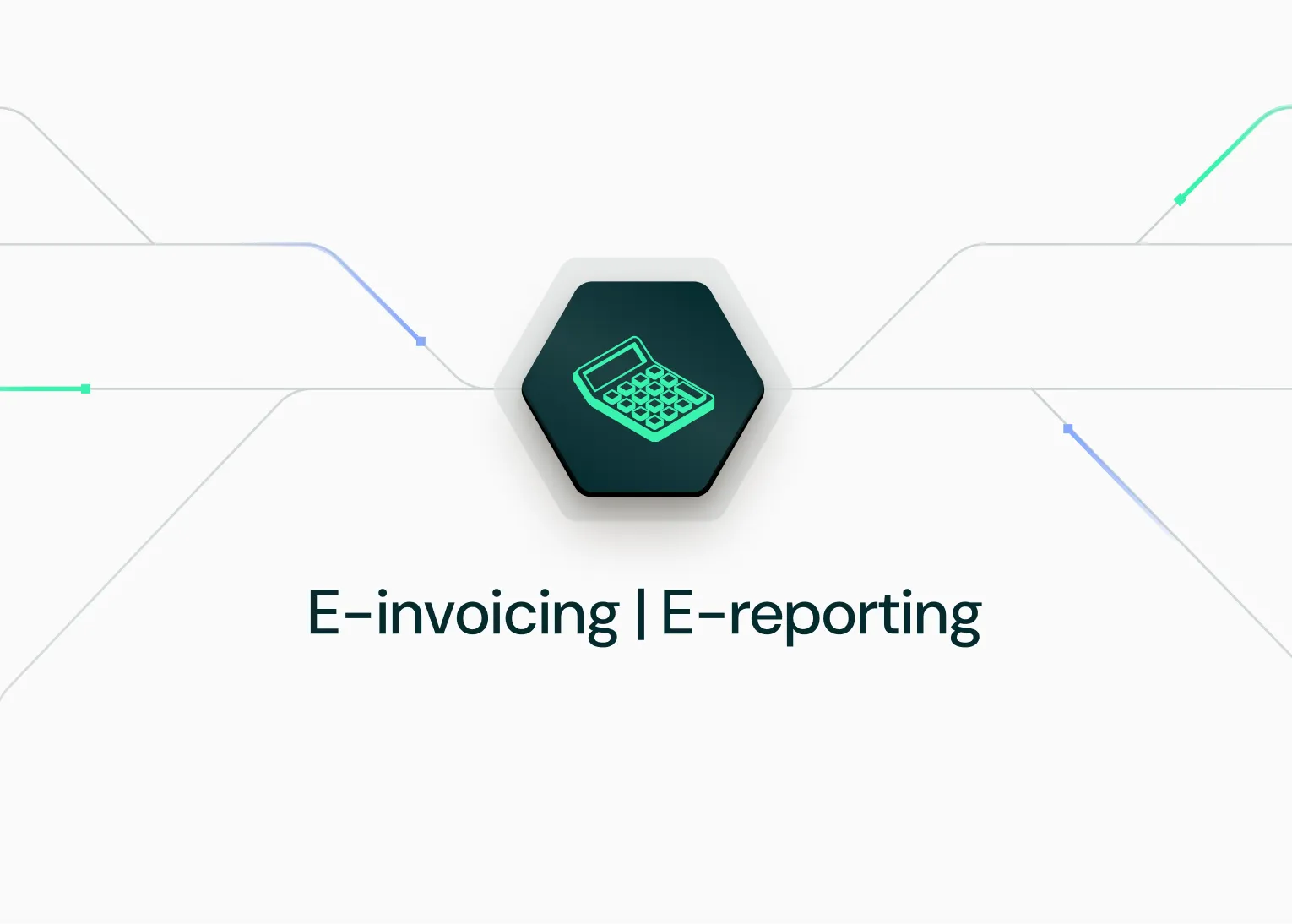
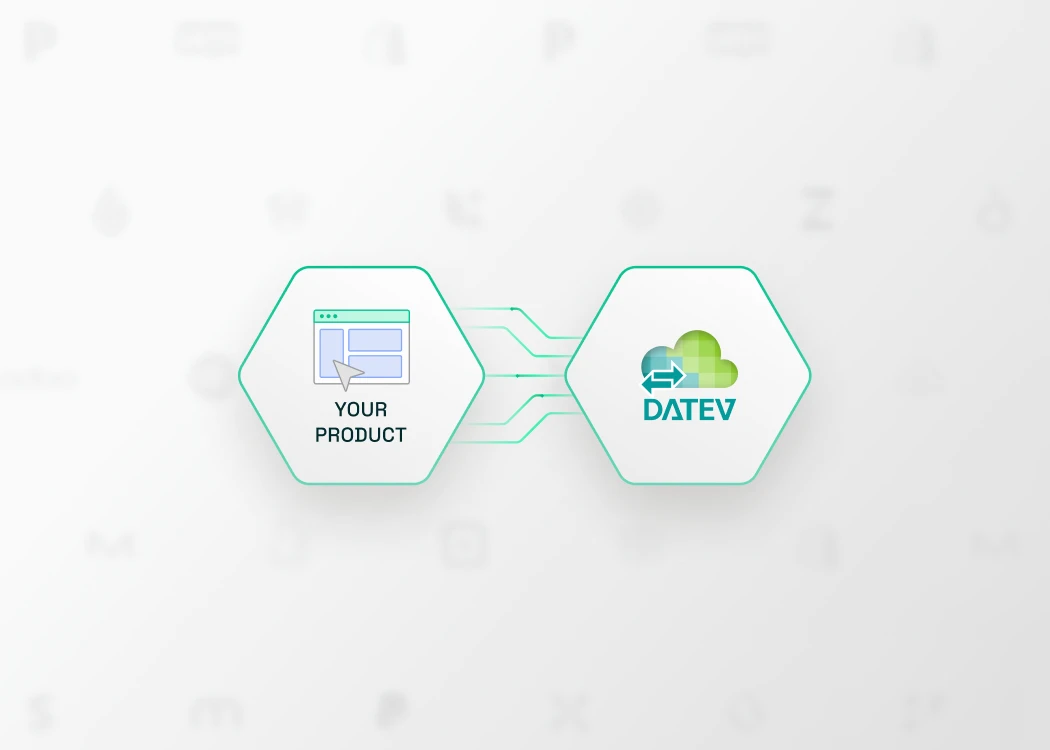
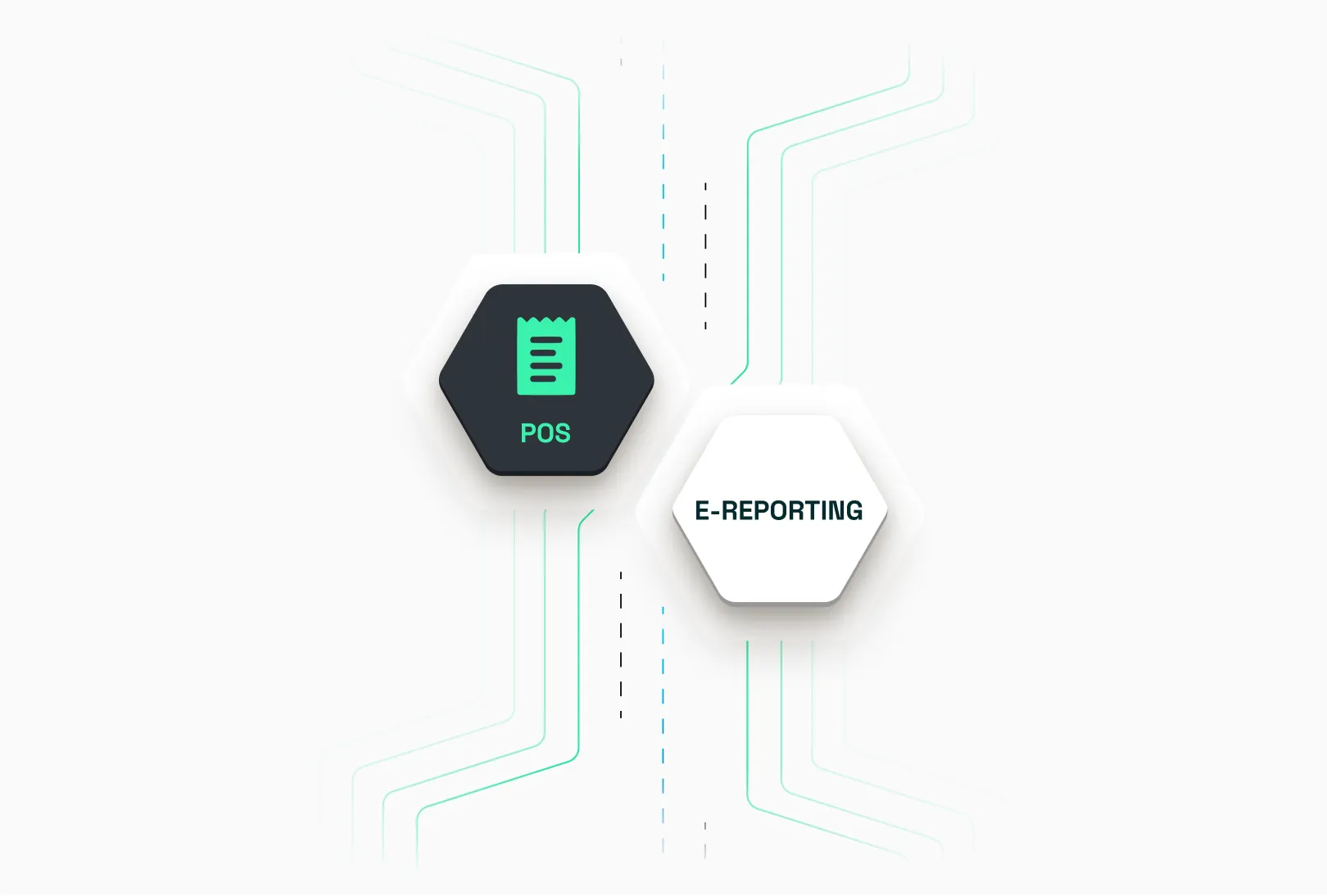
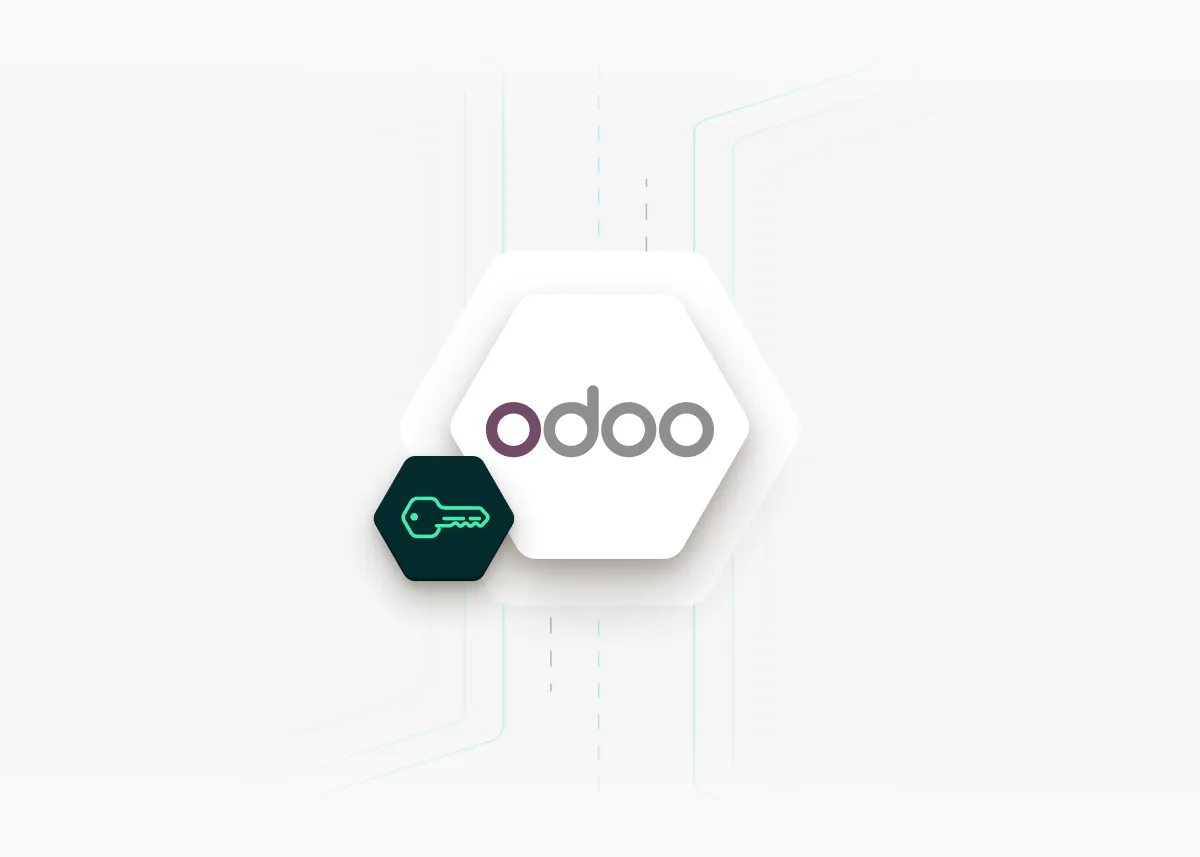
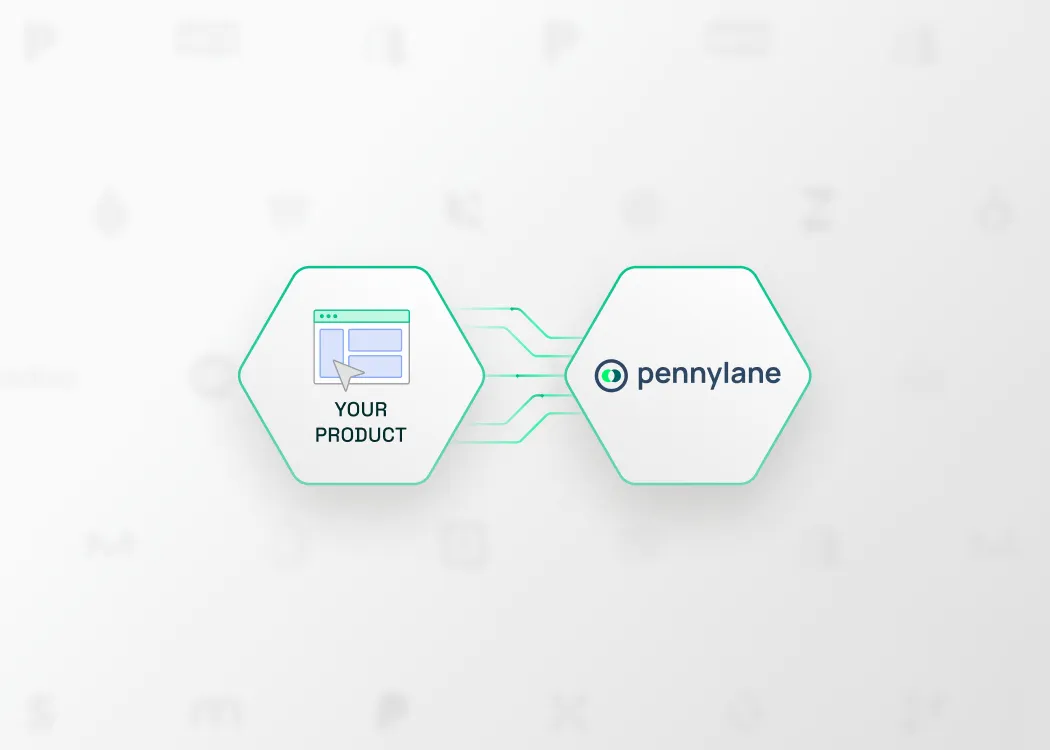

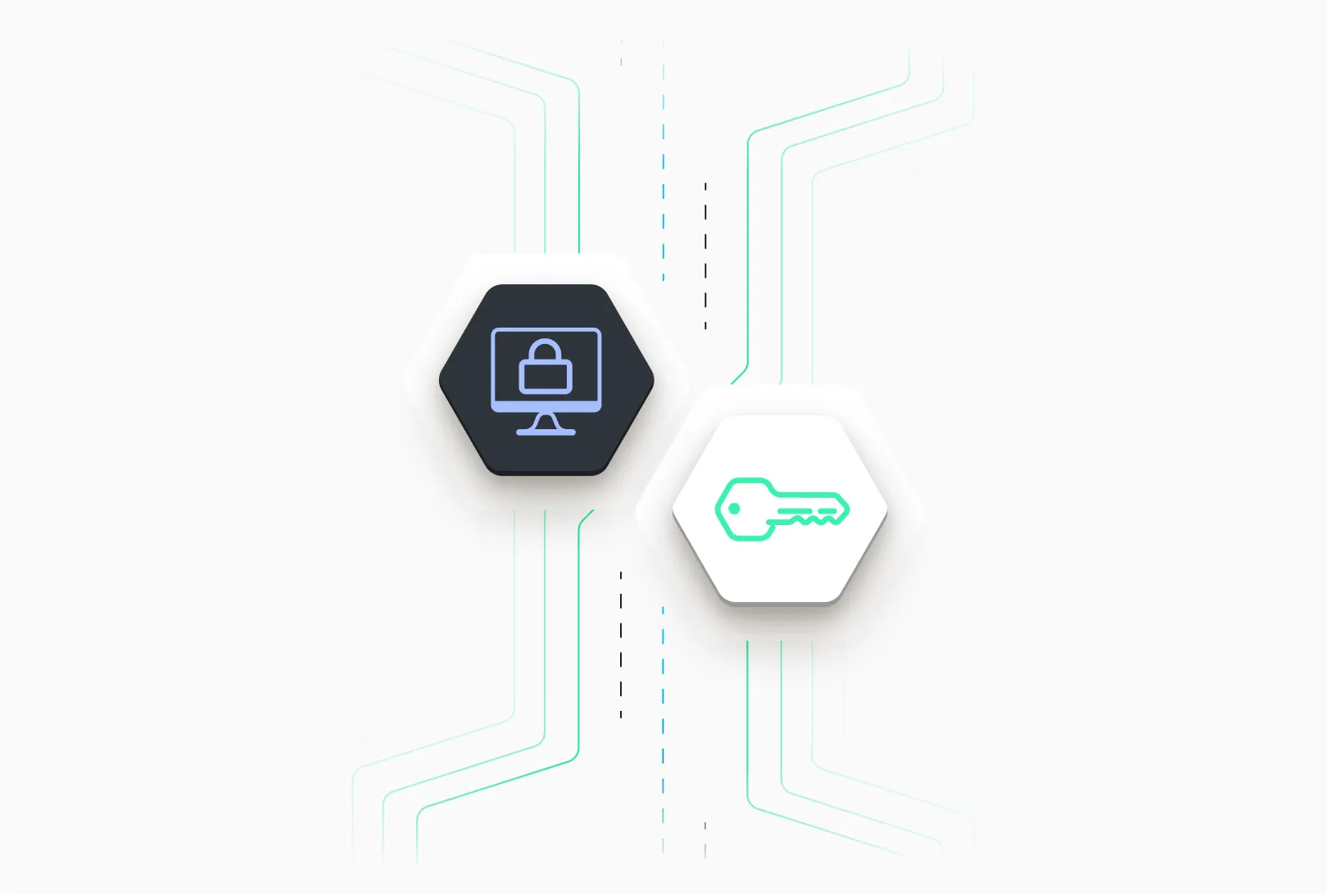
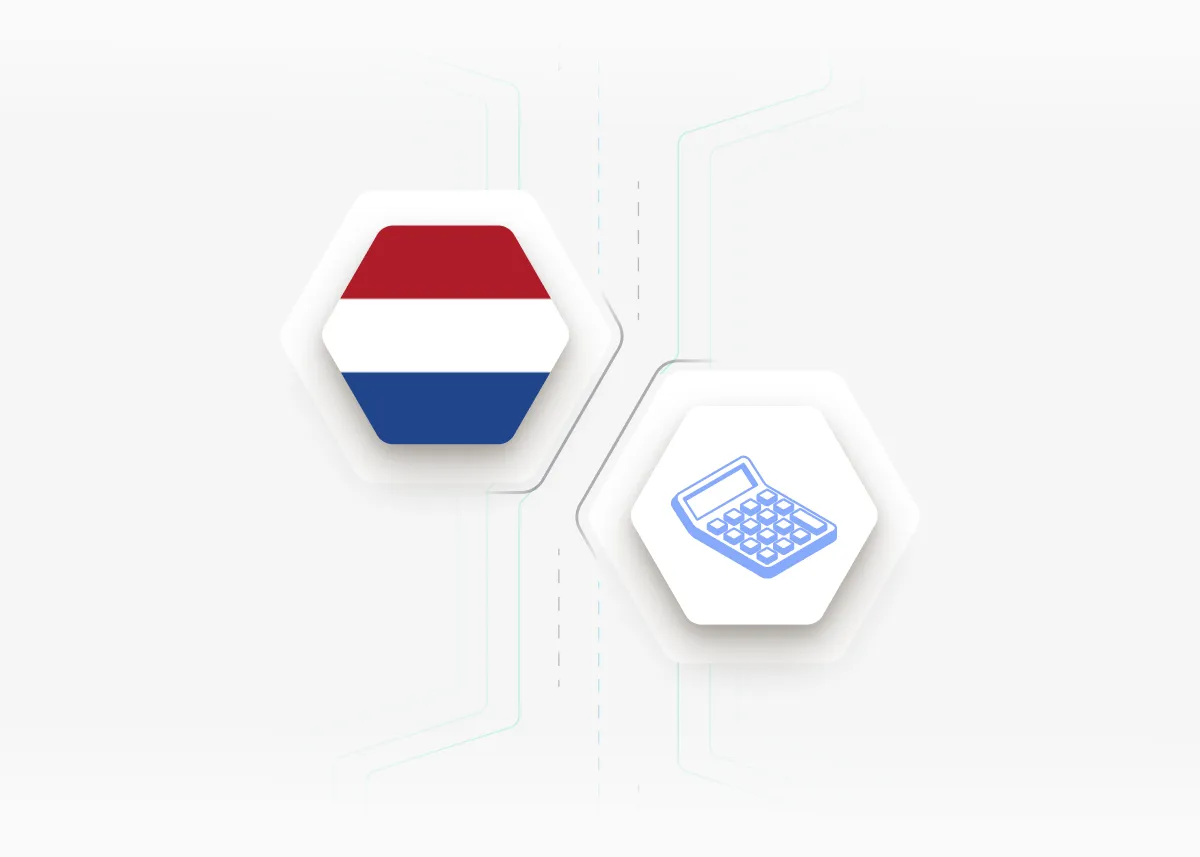
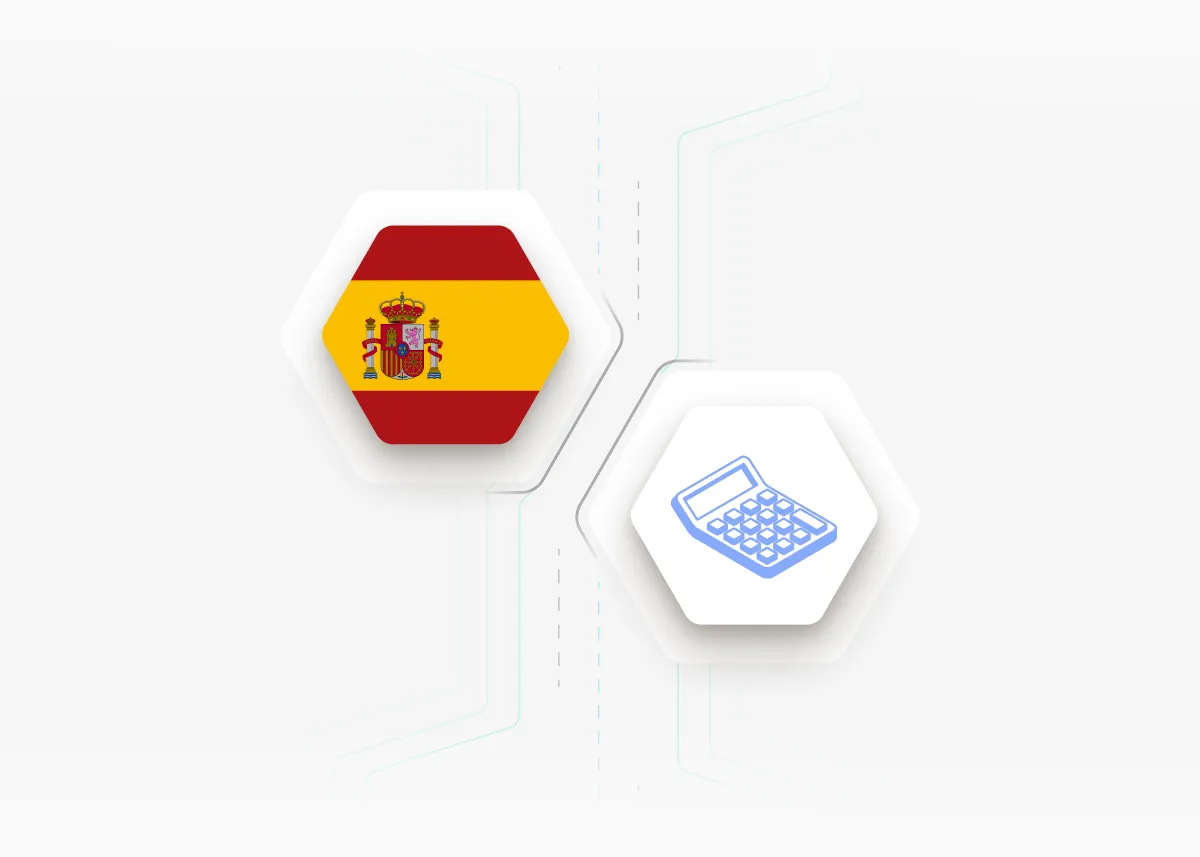
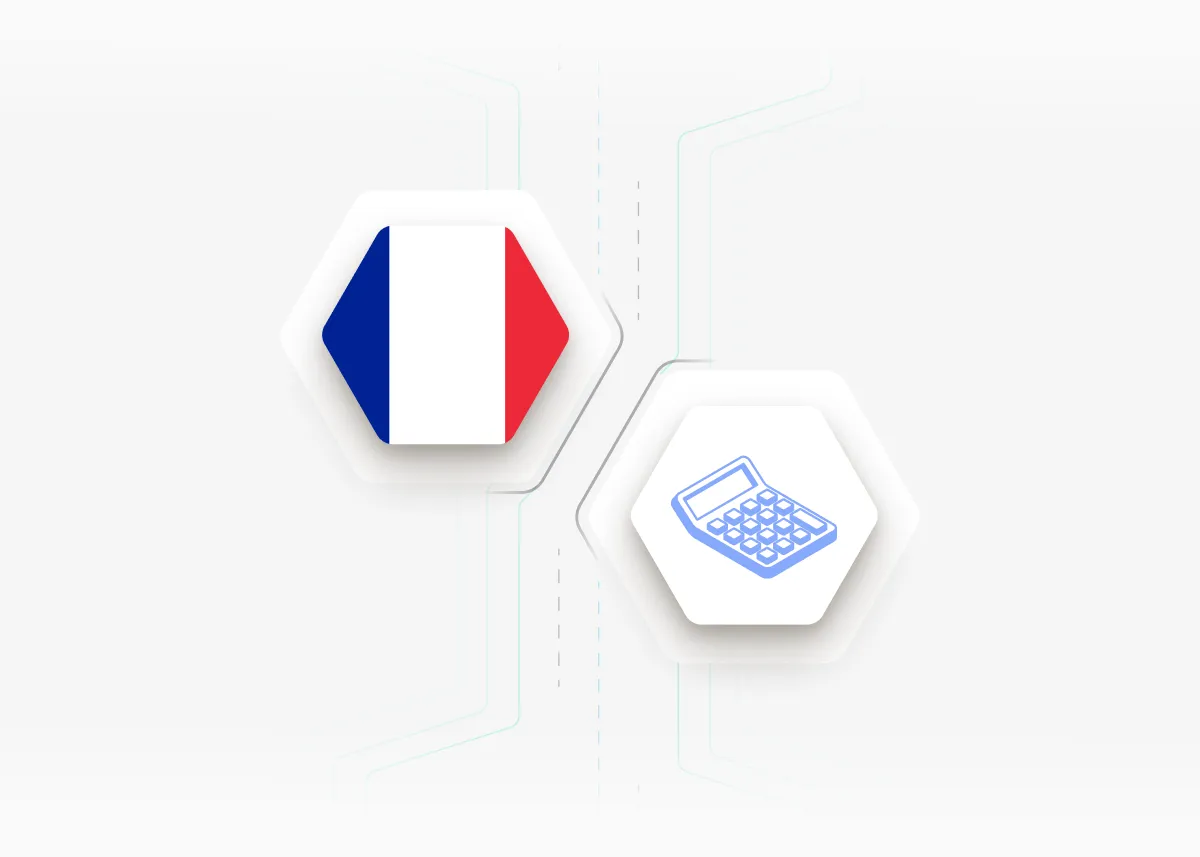
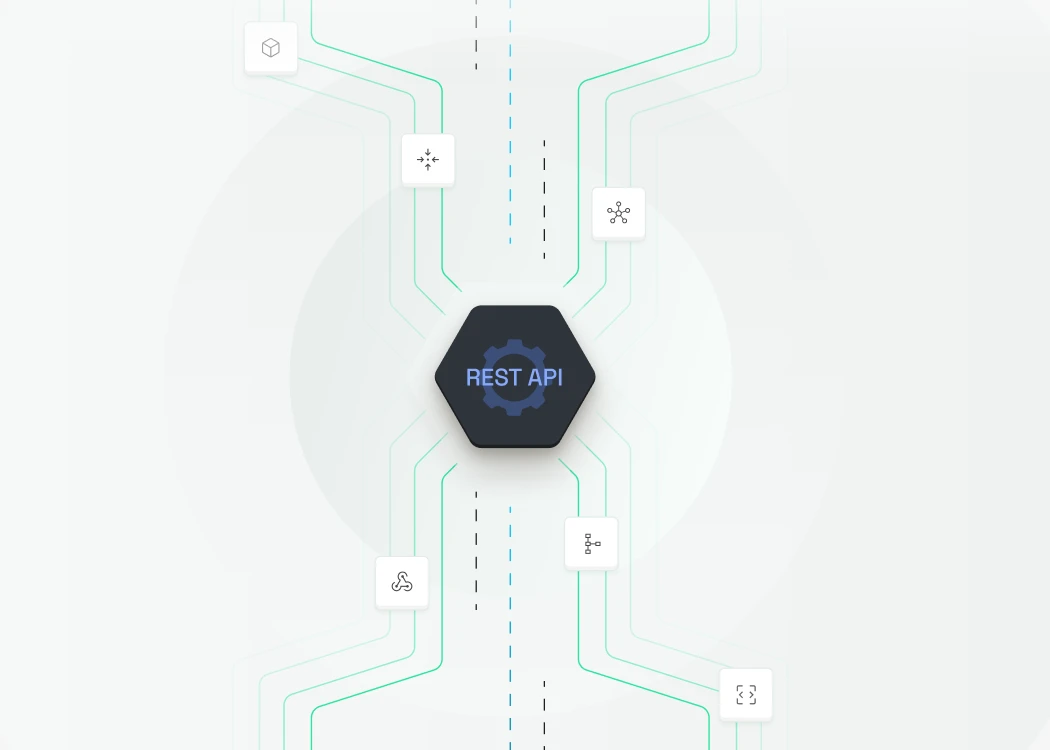






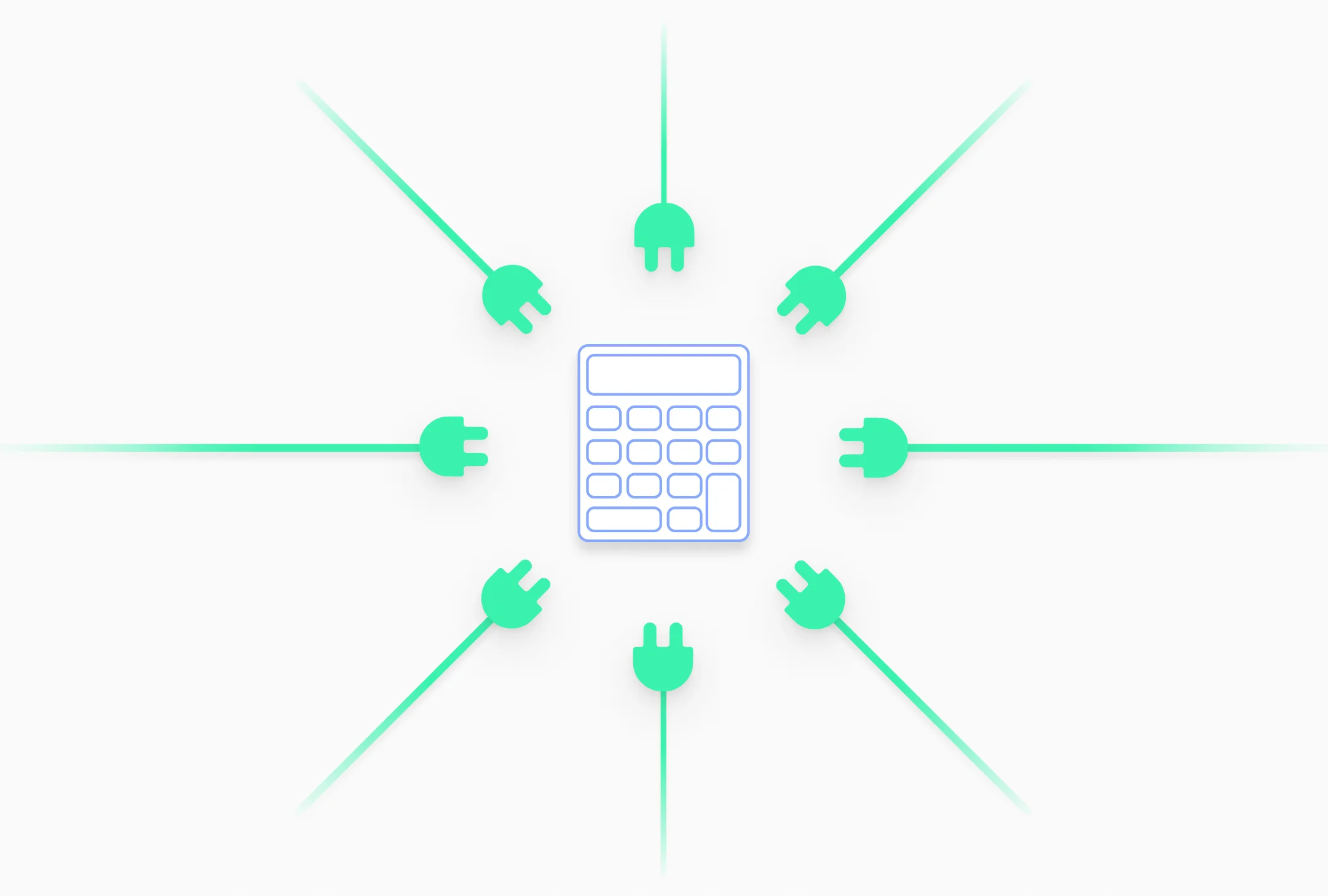
.avif)



